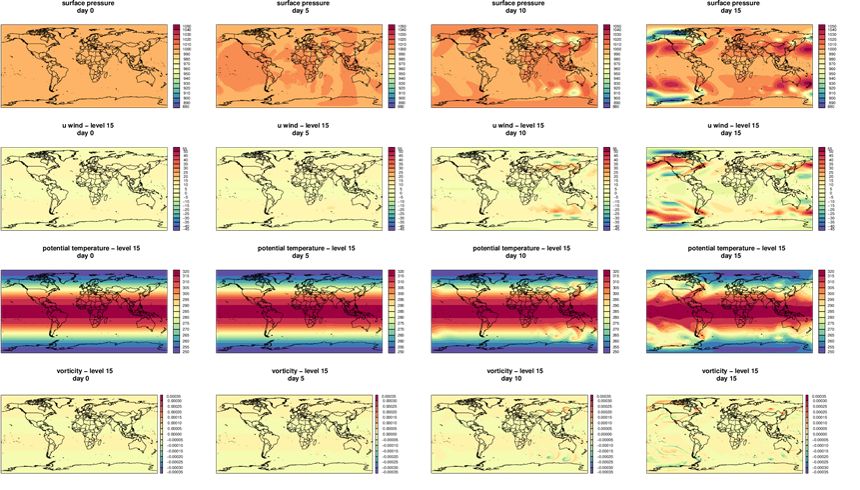The deliverable D2.1 presented a comprehensive set of computational patterns derived from dwarfs and representative computations of the models participating in the ESCAPE-2 project. Each computational pattern derived a set of language elements that would be necessary to express that type of computations in a way that language elements are minimal, orthogonal, simple and non redundant.

D2.3 High-level intermediate (HIR) representation specification now provides a full and formal specification of the high-level intermediate representation (HIR) for weather and climate applications. A full specification is presented as a set of concepts following the language elements identified in D2.1. They are organized as a tree to represent a full program. Each concept captures a specific information of a the computational patterns supported by the DSL toolchain. The semantic of each node is described as well as its properties and children nodes that it supports. The HIR serves as an interface between a language frontend (D2.2) and the implementation of a compiler toolchain that generates an efficient, parallel and optimized implementation of a model described using a concise and compact frontend language.
In D3.2 Assessment of the evaluation and verification tools based on the v0-benchmark configurations, a methodology is developed to assess the correctness of weather and climate benchmark models. The methodology is able to distinguish small deviations, typically due to round-off errors, a change in hardware environment, or a change in the software toolchain, from larger deviations, such as due to a software bug. Moreover, the methodology can be applied to the high-dimensional output that is generated by climate and weather models.

As such, this methodology will assist in porting climate and weather models to new hardware platforms. It will also provide help when comparing different algorithmic choices.
Both deliverables are available for download, together with previous public deliverables.



